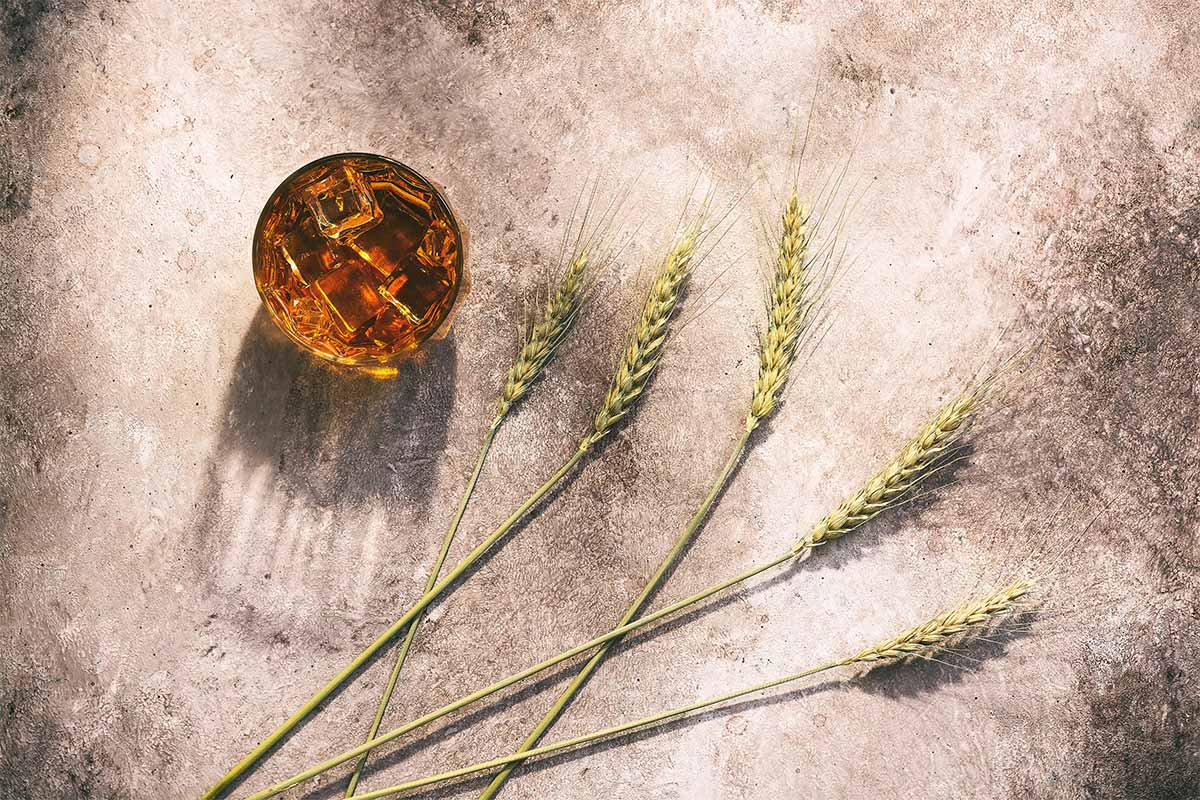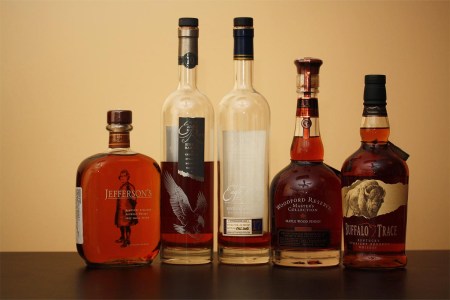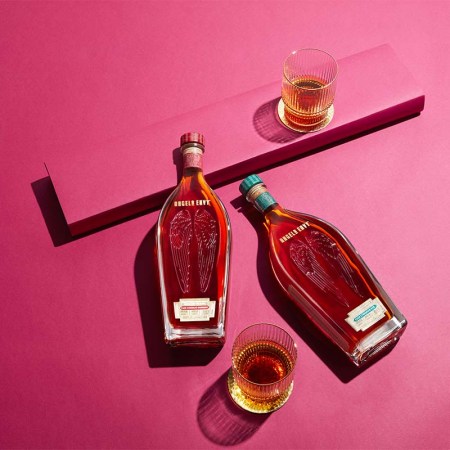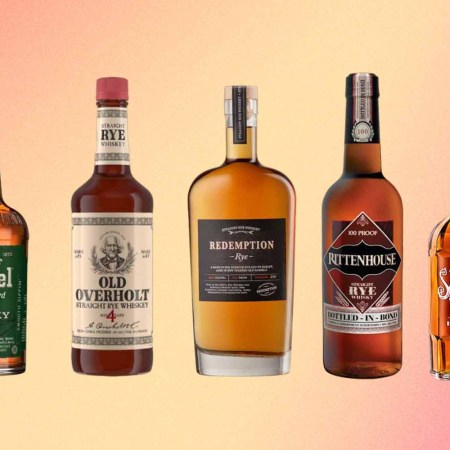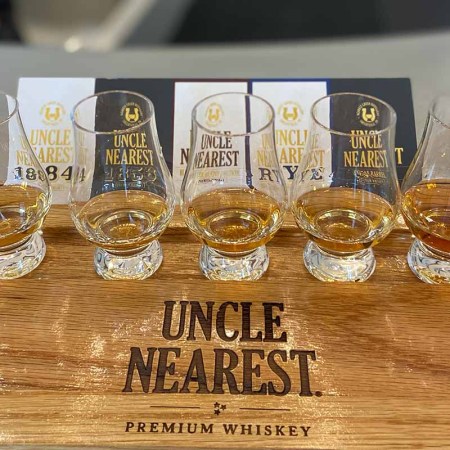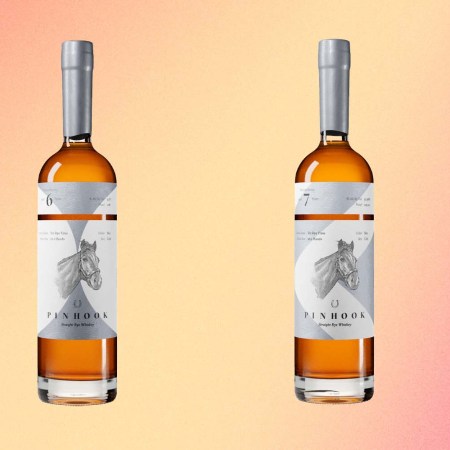If you were reading this article before, oh, 2010 or so, the answer to the question “What is rye whiskey?” would be something like, “It’s that whiskey that was popular before Prohibition, and nobody drinks it now, so it doesn’t really matter.”
Although “popular” is a bit of an understatement. Rye was distilled in America as far back as the mid-1700s, decades before bourbon made the scene, and into the 20th century, it was considered the American whiskey. Production was centered in Pennsylvania — “Monongahela rye,” named after the river where many distilleries were located, was considered a sort of trademark of quality.
A dozen-plus years of Prohibition scrambled the spirits scene mightily. Tastes changed, and “rye” now referred to the lighter, blended stuff coming out of Canada, which didn’t really taste like American rye but had a light, smooth flavor that appealed to a lot of mid-20th century drinkers. Many distilleries closed or were absorbed by larger conglomerates, and most of the ones that remained focused on bourbon, which was both more popular and easier to distill. By the turn of the millennium, rye was on life support, with only a handful of brands still making it — even Wild Turkey, one of the holdouts, would only distill rye whiskey a couple of days each year.
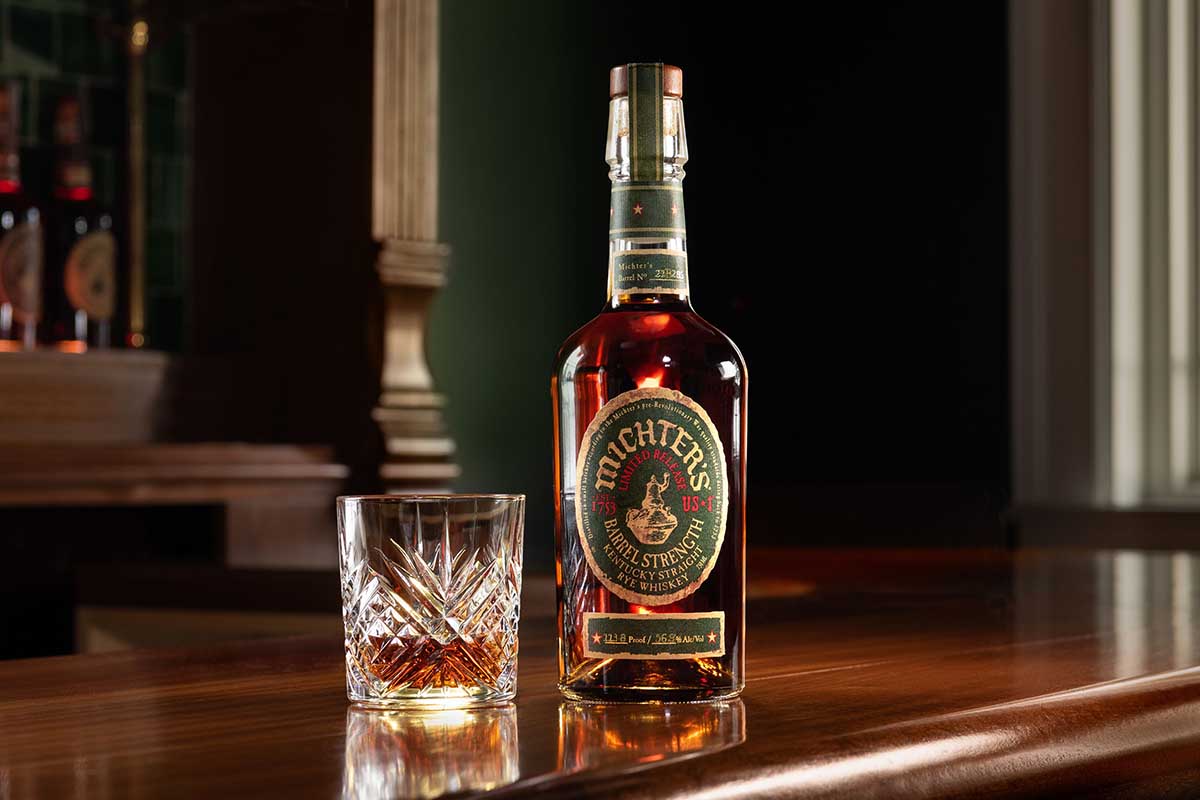
But the last decade and change has been awfully good to rye whiskey. Brands like WhistlePig, Bulleit and Michter’s have spearheaded a remarkable revival for a spirit that was in serious danger of going the way of the horse and buggy, the 8-track tape and New Coke. Nowadays, it’s impossible to imagine a bar worth walking into that doesn’t have a decent selection of rye on hand, and rye-centric cocktails like the Sazerac and the Final Ward are featured on cocktail menus from sea to shining sea, along with countless new creations that multiply like tribbles.
With that in mind, we can now ask, “What is rye?” from a practical viewpoint, not just from historical curiosity. You have to know, after all, what that stuff occupying significant real estate at your local bar and liquor store actually is. So let’s cut to the chase, shall we?
What is rye, legally speaking?
To be called rye whiskey in the U.S., the mashbill (or the mixture of grains from which it’s distilled) has to consist of at least 51% rye. It can’t be distilled above 160 proof (80% ABV) and it must go into the barrel at 125 proof or lower. A “straight rye” whiskey, a designation which encompasses almost all the ryes you’ll encounter, must be aged at least two years in new charred oak barrels, and if it’s bottled at less than four years of age, that age has to be listed on the label (more on this below).
What Is Bourbon?
Seriously. A deep dive into the uniquely American brown spirit and what distinguishes it from other whiskey.So rye is different from bourbon how, exactly?
Most ryes and most bourbons are made from the same grains — rye, corn and malted barley. The difference is in the proportion of the grains. In rye, at least 51% of the mashbill has to be rye. In bourbon, at least 51% has to be corn. So there will be some similarities in the flavor profile — you’ll usually find vanilla and caramel notes in both — but rye tends to be spicier and fruitier than bourbon. That said, there are plenty of ryes with a 95% or 100% rye mashbill, and no corn in the mix at all. Angel’s Envy, Bulleit and Redemption are three of the better known examples. They’ll usually be drier and spicier than bourbon, and most other ryes, too.
What’s a high-rye bourbon? Is it rye? Is it bourbon?
Long story short, it’s a bourbon with a comparatively high percentage of rye in the mashbill (but still less than 50%). But hey, we’re here to talk about rye!
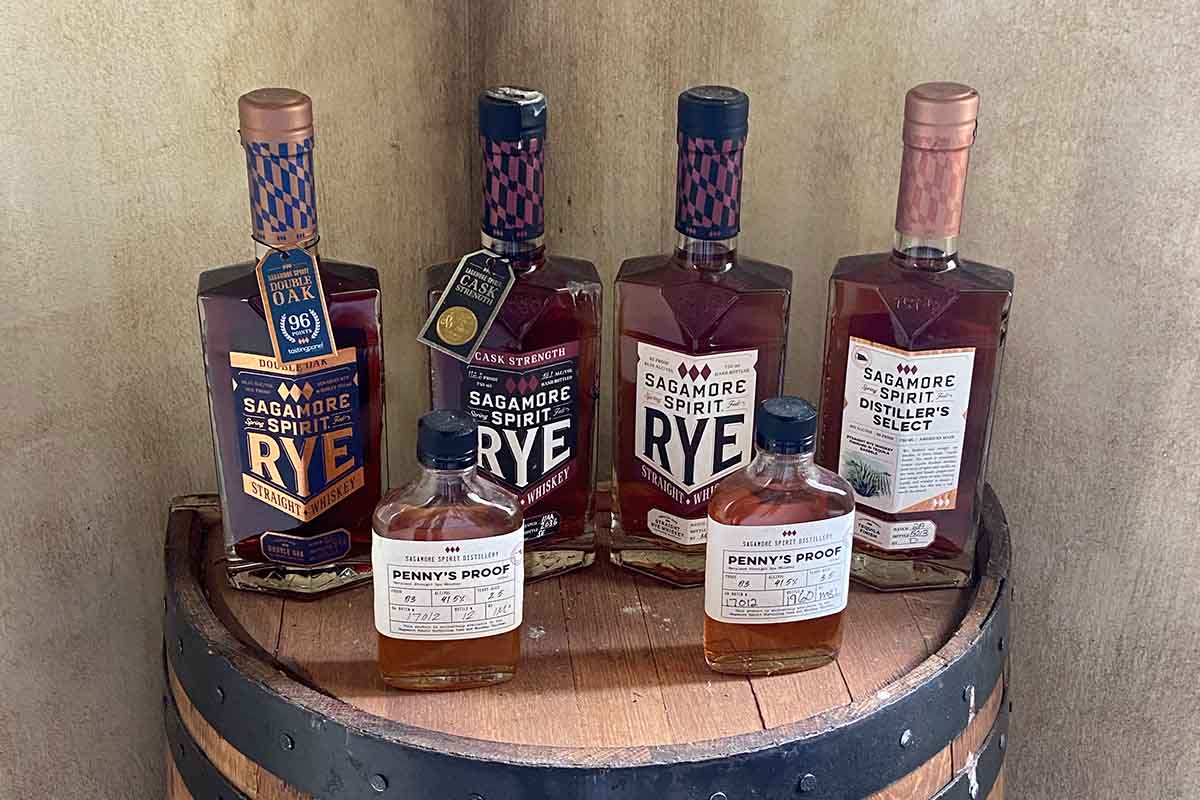
I’ve heard about Pennsylvania rye and Maryland rye. What’s the deal? What’s the difference?
Back in rye’s heyday, the lion’s share of it was produced in Pennsylvania and Maryland. There were two distinct styles: Pennsylvania rye (or Monongahela rye, as it was known) was big, powerful, spicy stuff, while Maryland rye was traditionally softer and sweeter. As rye’s popularity waned, the distilleries gradually shuttered or were bought up and relocated. Old Overholt, originally from Pennsylvania, and Maryland-based Pikesville are two of the best-known regional brands that are now made in Kentucky. But as interest in rye has grown, distilleries are popping up again in their historical homelands.
Pennsylvania once again sports a number of nifty ryes, among them Wigle and Dad’s Hat, while Maryland boasts Sagamore Spirit and McClintock Distilling, among others (until quite recently, many “Maryland-style” ryes, such as Leopold Bros.’, were made outside the state).
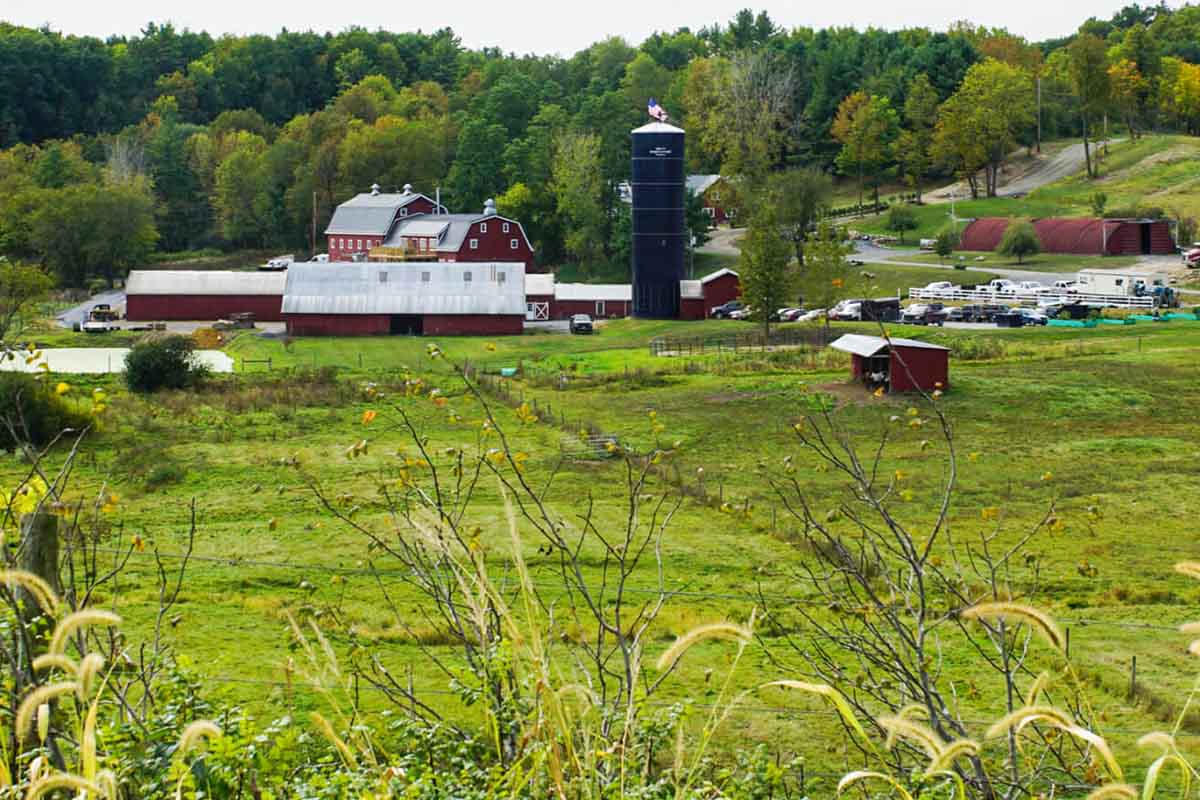
Does rye have to be made in the USA?
Not hardly! Rye is made all over the globe, usually in colder climates because rye is a cold-weather crop. A lot of the rye grain used in American whiskeys actually comes from outside the country, typically Canada. Canada makes plenty of its own rye, from old-school blends like Canadian Club and Crown Royal to bigger, brawnier bottlings by the likes of Caribou Crossing and Alberta Dark Rye. More recently, rye whiskies have been popping up in Eastern European countries including Germany and Poland (Proof & Wood’s Polish expression, The Globe, is a terrific example), as well as Scandinavian countries, the best known of which is the Stauning line from Denmark.
My bottle says “straight rye whiskey.” What does that mean?
The vast majority of ryes you’ll encounter will be straight ryes. It’s hard to find one that isn’t labeled as such, in fact. Why, you ask? As we mentioned before, the youngest whiskey in a straight rye must be aged for at least two years — which means pretty much every rye on your liquor store shelf. If it’s aged less than four years, there has to be an age statement on the label. The other prerequisite is that a straight rye must be additive-free, with no colors, flavors or other spirits added. So when you see “straight rye” on a label, you’ll know you’re getting a pure, unadulterated whiskey that’s been aged at least four years, which is pretty much what you should be looking for in a rye.
Every Thursday, our resident experts see to it that you’re up to date on the latest from the world of drinks. Trend reports, bottle reviews, cocktail recipes and more. Sign up for THE SPILL now.
